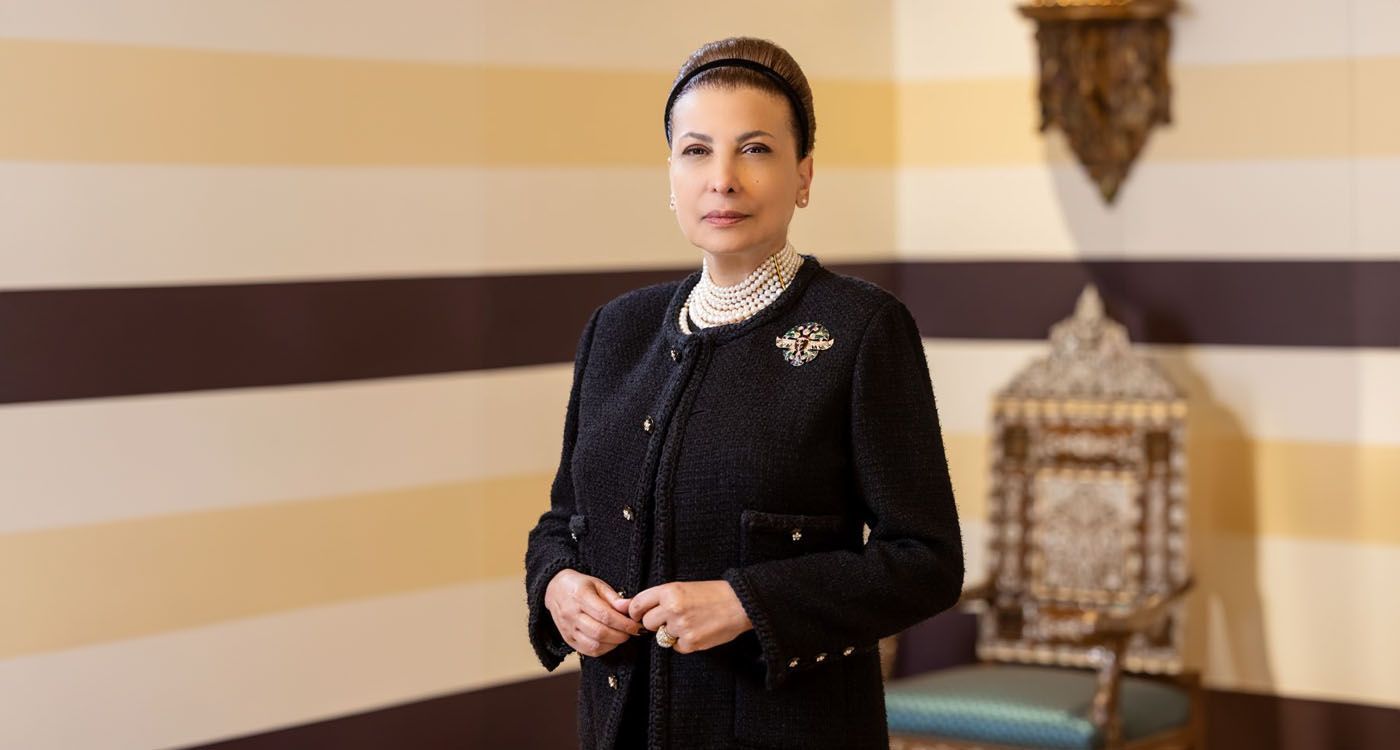
In this second part, Huda al-Khamis-Kanoo outlines the core of her artistic and diplomatic vision. Drawing on the key themes of the Abu Dhabi Festival’s 2025 program, she highlights the values that shape her work: dialogue, deep roots, and global openness. A deep and thoughtful interview that reflects the influence she has built over more than twenty years.
At the heart of an ever-evolving emirate, the Abu Dhabi Festival has, year after year, established itself as a space for intercultural dialogue and ambitious artistic creation. Guided by the vision of its founder, Huda al-Khamis-Kanoo, it brings together continents, aesthetics, and generations in unprecedented ways. For its 22nd edition—featuring a prominent tribute to Japan and a series of major international collaborations—This is Beirut pursued the conversation begun in her museum-like home, delving into the behind-the-scenes decisions, artistic choices, and ambitions of a festival that has become a major player on the global cultural stage.
This year, Japan is in the spotlight, marking over 50 years of bilateral relations with the United Arab Emirates. How is that friendship reflected in the festival’s program, particularly through the Arab world premiere of the New Japan Philharmonic Orchestra?
Our collaboration with Japan is deeply reflected in this year’s program. We wanted to highlight its many dimensions—most notably the excellence of its classical music scene, demonstrated by the New Japan Philharmonic Orchestra, conducted by the renowned maestro Yutaka Sado.
But we also felt it was essential to showcase the richness of Japan’s traditional heritage, with artists such as percussionist Kuniko Kato—equally brilliant in both contemporary and classical repertoires—and the Kodo ensemble, masters of the taiko drum.
Beyond the concerts, we’re forging a genuine dialogue between Japan and the Emirates, centered on the balance between cultural rootedness and openness. An artistic and philosophical conversation that resonates deeply with both our societies.
The "Abu Dhabi Abroad" program presents the world premiere of Wajdi Mouawad's staging of Pelléas et Mélisande, in co-production with the Opéra national de Paris. What is the significance of this first collaboration with the Arab world?
This co-production marks a historic milestone: it is the first time the Opéra national de Paris has collaborated with an institution from the Arab world. It embodies values we hold dear: artistic excellence, integrity, and passion.
Pelléas et Mélisande, Debussy's innovative opera, had not been revived by the Opéra in 30 years. Reviving cultural heritage while opening it up to contemporary creativity is at the heart of our approach.
We also wanted this work to be led by an artist who reflects our values. Wajdi Mouawad, straddling both East and West, symbolizes the rooted universality championed by the Abu Dhabi Festival.
For the first time in the Middle East, the festival hosts two major exhibitions in partnership with the Seoul Museum of Art, which will then travel to Japan, Singapore, and China. What are the goals of this initiative?
This project extends our long-standing collaboration with South Korea. The exhibitions we produce are the result of an ongoing dialogue with our partner institutions. With the SeMA, we have created a joint exhibition that brings Korean artworks to Abu Dhabi and allows Emirati works to travel to Seoul and beyond.
This not only promotes the visibility of our artists but also fosters a deep exchange between our societies through art. The artistic co-direction of the project, led by Maya Khalil and Kyung-hwan Yoo, allows our experts to share practices, ideas, and methods.
An accompanying publication will offer more than just a catalog: it will provide critical reflections, enriching the academic and artistic dialogue.
As the founder of the festival, how do you perceive the evolution of the cultural scene in Abu Dhabi since its inception 22 years ago?
Saying that there was nothing 22 years ago would be inaccurate. Institutions such as the Moujama' Thaqafi, along with numerous artists, laid the foundational stones of today’s cultural scene. What has changed is the scale and organization of the cultural landscape: greater visibility, enhanced infrastructure, and a broader artistic diversity. Investments in arts education, alongside our modest efforts, have also contributed to this growth. However, the constant throughout has been the openness and hospitality promoted from the beginning by Sheikh Zayed bin Sultan Al Nahyan and carried forward by his successors. Thanks to the commitment of entities like DCT and Saadiyat Island, Abu Dhabi has become a major cultural hub, and this is just the beginning.
What advice would you offer young artists in the region who aspire to international recognition?
I would advise them not to aim for the international stage right away—it will come in time. First and foremost, they must concentrate on their craft and, above all, commit to constant hard work. International recognition is essential, but it should be built on a unique, authentic artistic voice, which takes time to develop. They need to believe in themselves, embrace their individuality, and stay true to their identity rather than imitate others.
Most importantly, they must understand that the value of their work does not depend on external approval. The art of young Arab artists holds intrinsic value.
Finally, ADMAF is here to support them—through training, residencies, and networking opportunities—but only if they are ready to fully invest in their development.


Comments